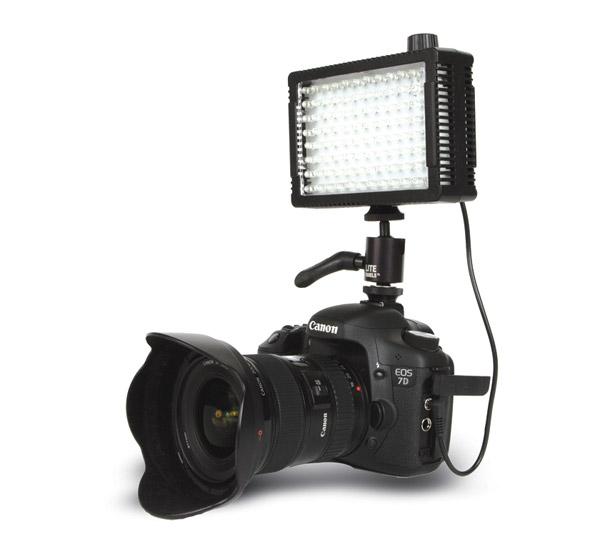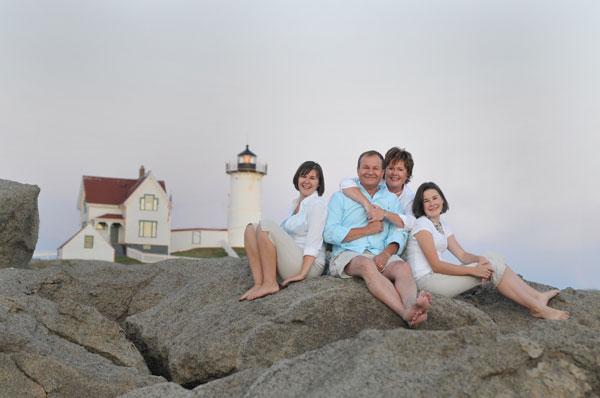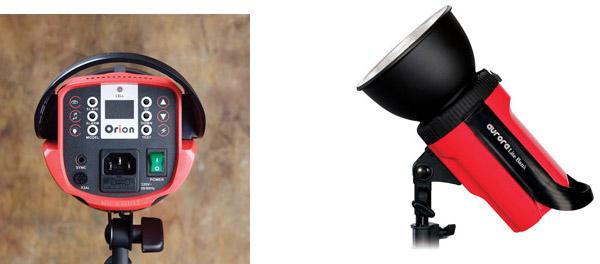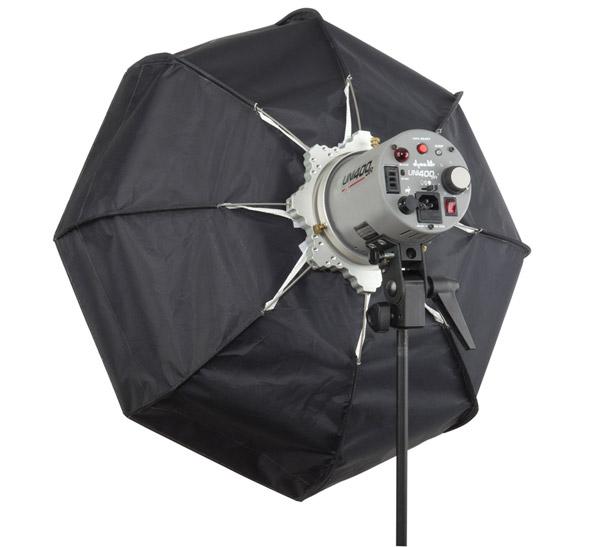Steve Bedell
|
Jan 14, 2013 |
First Published: Dec 01, 2012
|
Oct 18, 2012 |
First Published: Sep 01, 2012
|
Aug 09, 2012 |
First Published: Jul 01, 2012
|
Jul 26, 2012 |
First Published: Jun 01, 2012
|
Jul 10, 2012 |
First Published: Jun 01, 2012
|
May 15, 2012
|
Apr 18, 2012 |
First Published: Mar 01, 2012
|
Apr 13, 2012 |
First Published: Mar 01, 2012
|
Apr 12, 2012 |
First Published: May 01, 2012
 We all know what softboxes look like. They’re big, small, square, rectangular, sometimes round or shaped like octagons—we’ve seen them all. But there is nothing quite like the 16x60 Light Bender from Larson. It is long (48”), narrow (12”), and looks like a strip light that someone grabbed by the ends and yanked toward the middle. In this test I’ll take a look at just what this oddly-shaped light can do and why a photographer may consider adding it to his or her arsenal of light modifiers.
We all know what softboxes look like. They’re big, small, square, rectangular, sometimes round or shaped like octagons—we’ve seen them all. But there is nothing quite like the 16x60 Light Bender from Larson. It is long (48”), narrow (12”), and looks like a strip light that someone grabbed by the ends and yanked toward the middle. In this test I’ll take a look at just what this oddly-shaped light can do and why a photographer may consider adding it to his or her arsenal of light modifiers.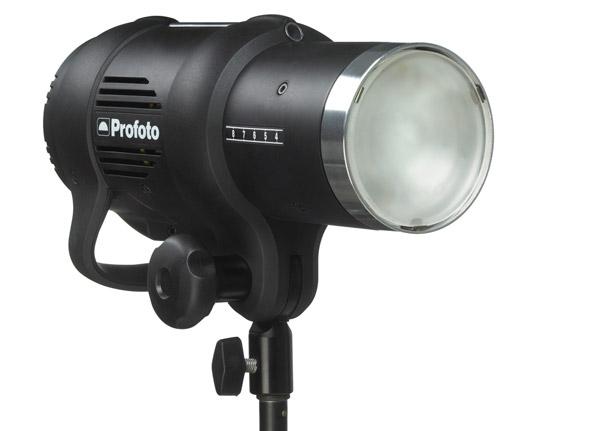
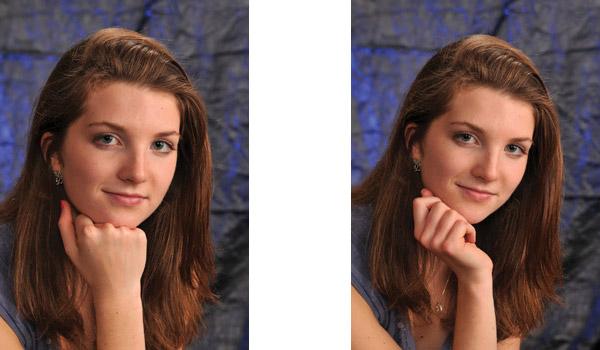
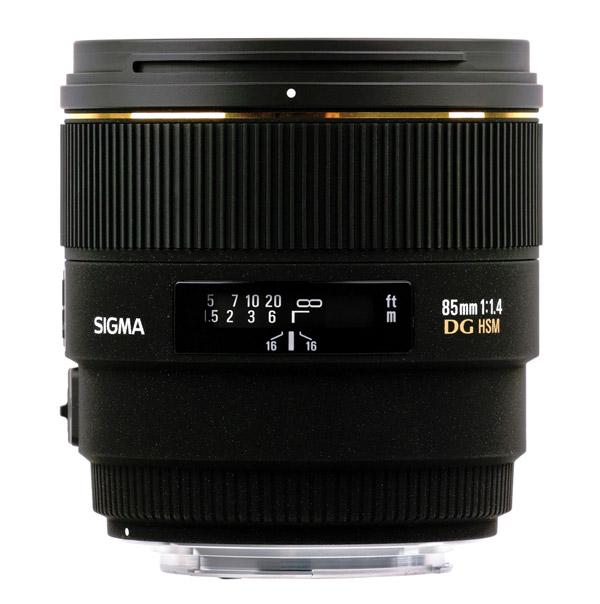
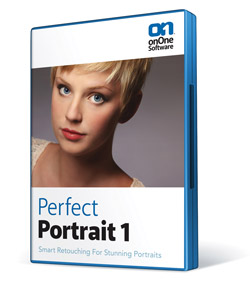 Judging by the popularity of facial retouching software, there seem to be a lot of people out there who want to make their subjects look like they just arrived off a private jet from Monte Carlo. And they want to do it fast, and not get bogged down with little technicalities like learning how to use Photoshop. So, is it possible to just press a button and instantly have a complexion that looks like J.Lo after an hour in the makeup chair? Well, that’s what we’re here to find out, so let’s take a look.
Judging by the popularity of facial retouching software, there seem to be a lot of people out there who want to make their subjects look like they just arrived off a private jet from Monte Carlo. And they want to do it fast, and not get bogged down with little technicalities like learning how to use Photoshop. So, is it possible to just press a button and instantly have a complexion that looks like J.Lo after an hour in the makeup chair? Well, that’s what we’re here to find out, so let’s take a look.